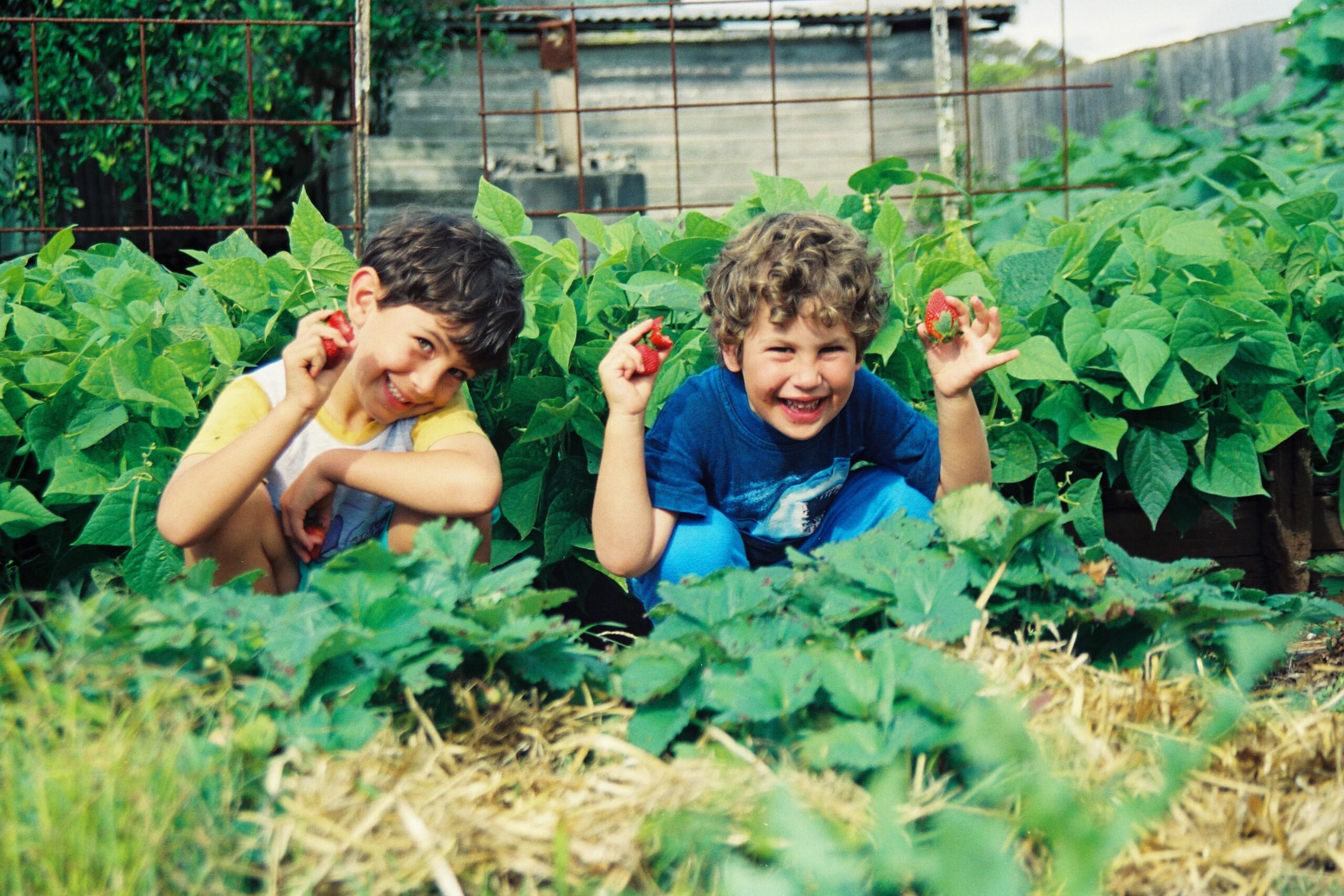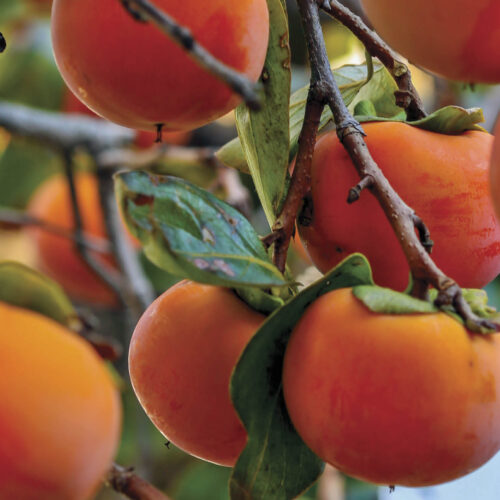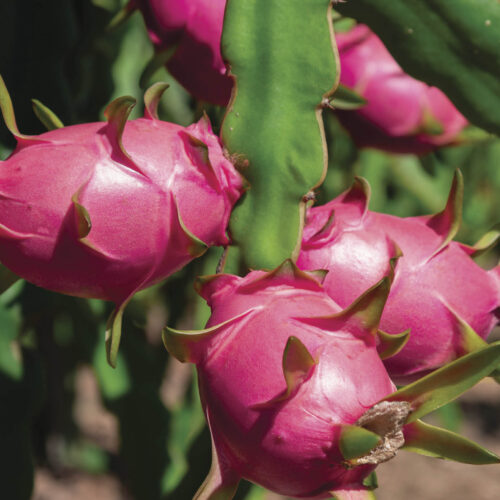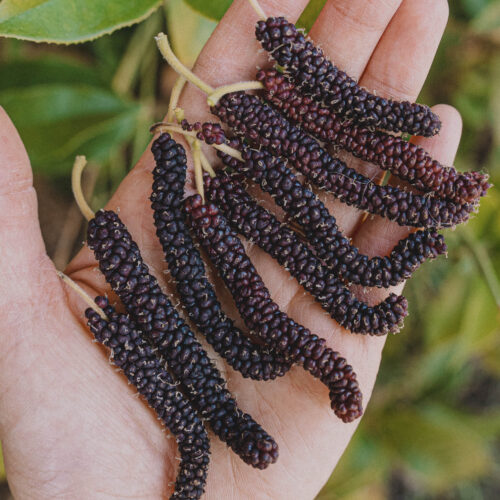Growing Organic Strawberries
2012-04-18T04:39:10+10:00
Nothing beats organically grown strawberries for flavour and in many parts of the country, particularly warmer zones, autumn is the time to be starting a strawberry patch, or rejuvenating an existing one, says PHIL DUDMAN.
Gardeners in cold areas are best to wait until spring, but if you live warm zones north of Sydney, then it’s time to get busy with strawberries.
If you’ve already got some established strawberry plants in the ground… it’s important to keep in mind, the original mother plants are only good for two or three years. After this time, they’ve pretty much had it, so you can’t expect great returns.
If you planted strawberries last year, you could just give them a clean-up with hedge sheers to remove all the raggedy old foliage, follow up with a feed and a drink and you’re on your way. If your plants are a bit older than that, then you are better off choosing some of the young healthy runners that have appeared over the summer and replanting them… they’ll grow more vigorously and be far more productive. If you are replanting, then be sure to find a new piece of ground so that you avoid a buildup of common strawberry diseases.
If you’re planting strawberries for the first time, then only choose stock that has been certified disease free – be careful buying strawberries from backyard growers at weekend markets – you could end up bringing home a nasty virus, which could destroy your crops Most accredited nurseries however should have certified stock, but it doesn’t hurt to ask just to make sure. Some varieties to look out for – Tioga, and Torrey do well in warmer zone, and even the popular cold climate variety ‘Red Gauntlet’ will perform in Brisbane.
So what do strawberries like? You need to find them an open, sunny spot where the soil is well drained. Strawberries are quite hungry, so dig in some well-rotted compost as well as a handful of blood and bone per square metre along with a tight fistful of sulphate of potash. Once that’s dug through, mound the soil to improve the drainage.
Plant your runners about 30cm apart, making sure you leave the central growing point of the plant, or ‘crown’, just above the soil surface… otherwise it may rot.
It’s important to lay some mulch around the plants… not only to control weeds and preserve soil moisture, but also to keep the developing fruit off the ground and avoid spoiling. Straw is the traditional choice for mulch… that’s why they are called strawberries… no joke. Some gardeners swear by mixing some common pine needles with the straw… because it makes the soil slightly acidic, which strawberries like.
If you don’t have the space to grow strawberries in ground, then you can grow them in pots. They’re the perfect container crop. Big, black plastic pots are best because they absorb heat and keep the roots warmer over winter. Always choose a good quality potting mix, and add some all-purpose organic fertilizer.
For a bumper crop, keep the soil evenly moist (water more often in pots) and give the plants a weekly feed with liquid seaweed and fish emulsion. Keep that up and you can expect to be enjoying your first harvest of super sweet strawberries in about 12 weeks. Normally, plants will keep producing well into spring… if any runners appear during the peak production period, chop them off so they don’t compete with the main plant for water and nutrients.






